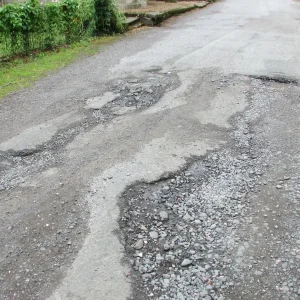Pioneering data on the usage of EV chargers in the UK has been published by mapping service Zapmap and the Green Finance Institute.
They have used Zapmap data – based on charging sessions from around 70% of all UK public chargers – to estimate two different forms of utilisation, each of which is said to come with their own pros and cons.
The first is the exact time-based utilisation of chargers – or the amount of time a vehicle is plugged into a charging device, although not necessarily charging, which is said to be useful for understanding when a charger is available for someone to charge.
The second form of utilisation is the estimated energy delivered during a charging session, relative to the potential maximum energy that could have been supplied in the same period, which is said to give more direct insight into the revenue each charger could provide.
According to the data, time-based metrics showed higher utilisation at a relatively even level across different charger speeds, while energy-based metrics showed a lower level of utilisation that varies significantly across different speeds.
The published data includes time-period comparisons, which show that despite increasing numbers of EVs on the road, time-based utilisation of most chargers did not change significantly between Q4 2021 and Q4 2022, increasing from 14% to 15% during those 12 months. The exception to this was ultra-rapid (100kW+) chargers, which went from over 12% to over 16%, despite the number provided increasing by 78%.
Zapmap co-founder and COO Melanie Shufflebotham said: “It’s great to see these utilisation figures coming into the public domain because they can really help us move the conversation on from simply talking about the number of chargepoints to looking more closely at charging behaviour and patterns on different types of chargers.
“This in turn can help to inform local authorities and investment, ensuring the right charging provision is installed in the right places.
“As ever, new analysis often raises more questions than it answers. But one clear trend that both measures highlight is the increasing utilisation of ultra-rapid chargepoints, and an expectation that this will continue as more vehicles enter the market with improved charging capabilities.”
Zapmap head of insights Jade Edwards said: “It’s been fantastic working with the Green Finance Institute to help demystify the utilisation of the UK’s EV charging infrastructure.
“First and foremost, this pioneering report will not only help local authorities, investors and chargepoint operators understand utilisation rates and patterns for charge points across the UK. It also establishes two effective ways to measure, interpret and act upon utilisation rates.
“While there’s obviously no industry-standard definition or calculation for utilisation at present, it’s great to be able to put Zapmap data to good use, and work with GFI to produce reliable, credible information that will ultimately help to enable a smooth and fair transition to electric mobility across the country.”
Green Finance Institute director for transport programmes Lauren Pamma said: “The Green Finance Institute has been delighted to work with Zapmap to create clarity for the market on how the charging network in the UK is used.
“Uniquely positioned at the nexus of public and private finance, the Green Finance Institute is the UK’s principal forum for innovation on green finance and delivery across the market. We engage regularly with financial institutions who have made clear to us that utilisation risk continues to be the key barrier preventing them from financing EV charging infrastructure.
“The data in this white paper is the start to providing financiers with the information and clarity they need to understand utilisation, and therefore reduce the risk in financing the infrastructure underpinning the EV transition. Zapmap’s data has the potential to enable innovative financing mechanisms such as utilisation-linked loans, which the Green Finance Institute has been developing, to be realised.”





